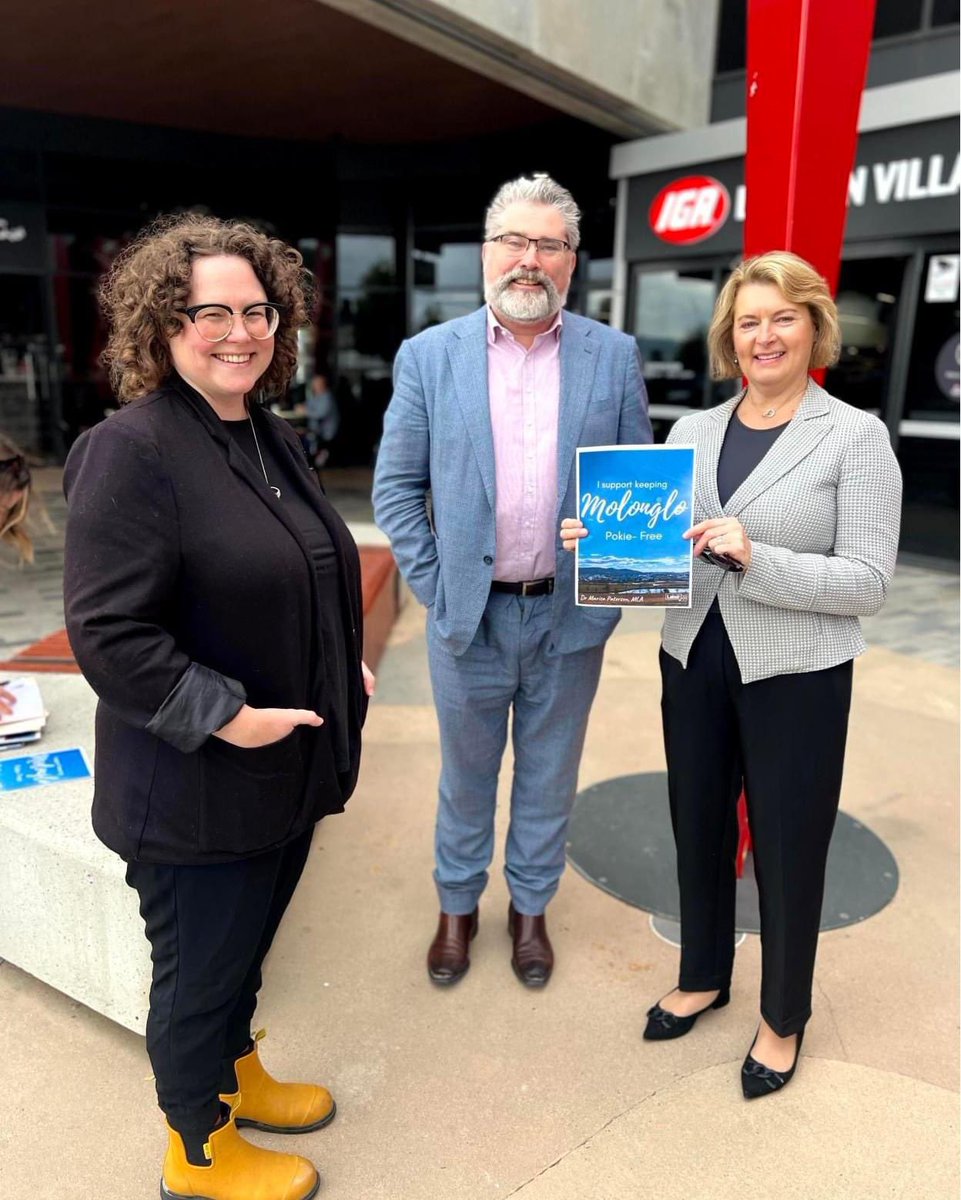

Communication facilitates not just the construction of a common language but also a common recognition of time. In particular, the mechanization of printing and its commercial dissemination ‘fixed’ a vernacular language as the ‘national’ language and in so doing made a new imagined national community possible. This provided the conditions for the creation of a national consciousness. Thus, it was the mechanized production and commodification of books and newspapers, the rise of ‘print capitalism’, that allowed vernacular languages to be standardized and disseminated.

Despite their physical separation, members of a nation often regard themselves as sharing in a fraternity with which they identify.Īn imagined community such as a nation is, according to Anderson, intrinsically connected to communication processes. The nation is an imagined community because most of its members will never know most of the other members and yet they consider themselves to be a part of the same commonality. National identities are intrinsically connected to, and constituted by, forms of communication. For Anderson, the nation is an ‘imagined community’ and national identity a construction assembled through symbols and rituals in relation to territorial and administrative categories. The concept of the ‘imagined community’ is most obviously associated with the work of Benedict Anderson on the ‘nation’. Benedict Anderson’s Concept of Imagined Community


 0 kommentar(er)
0 kommentar(er)
